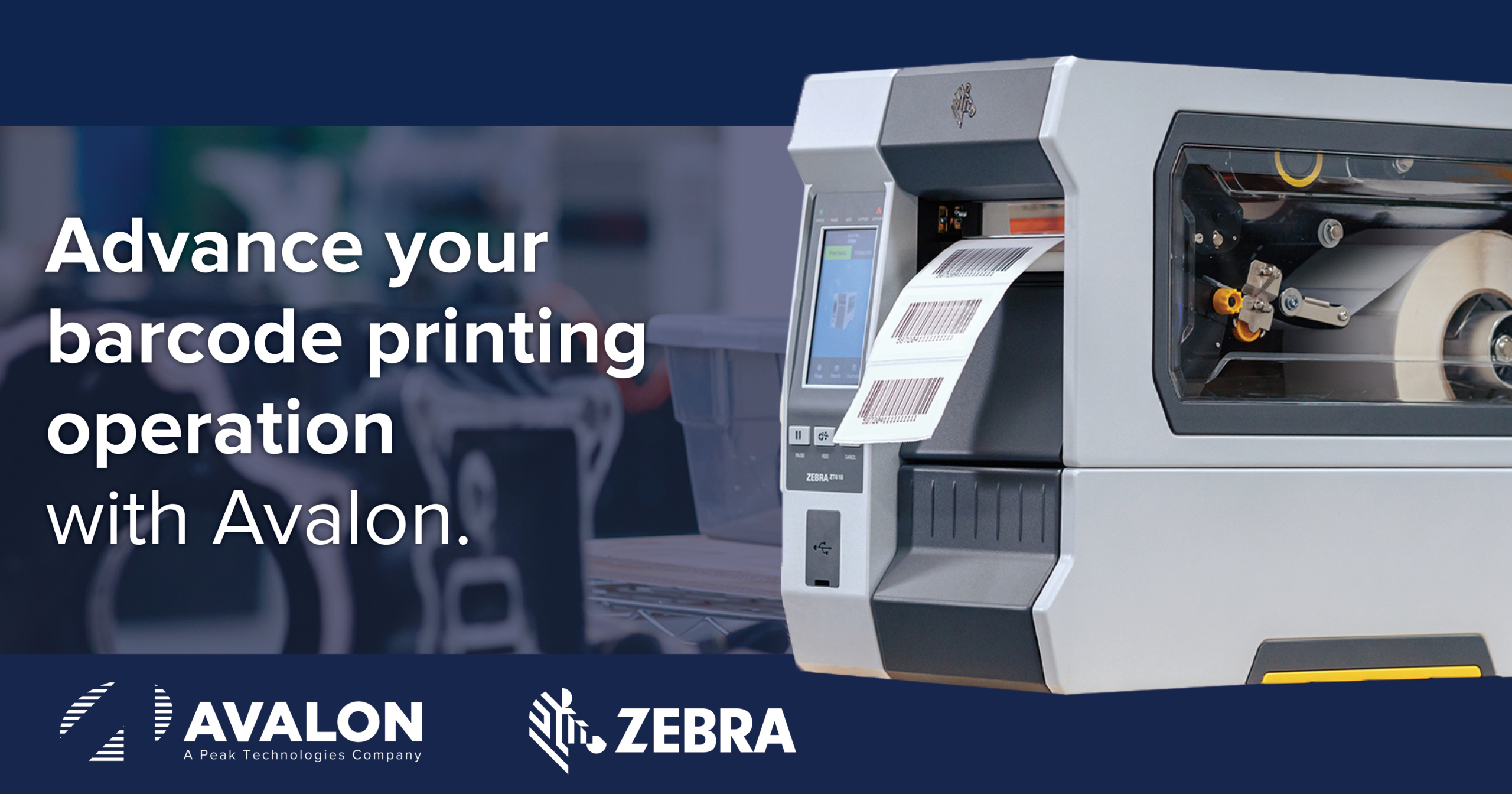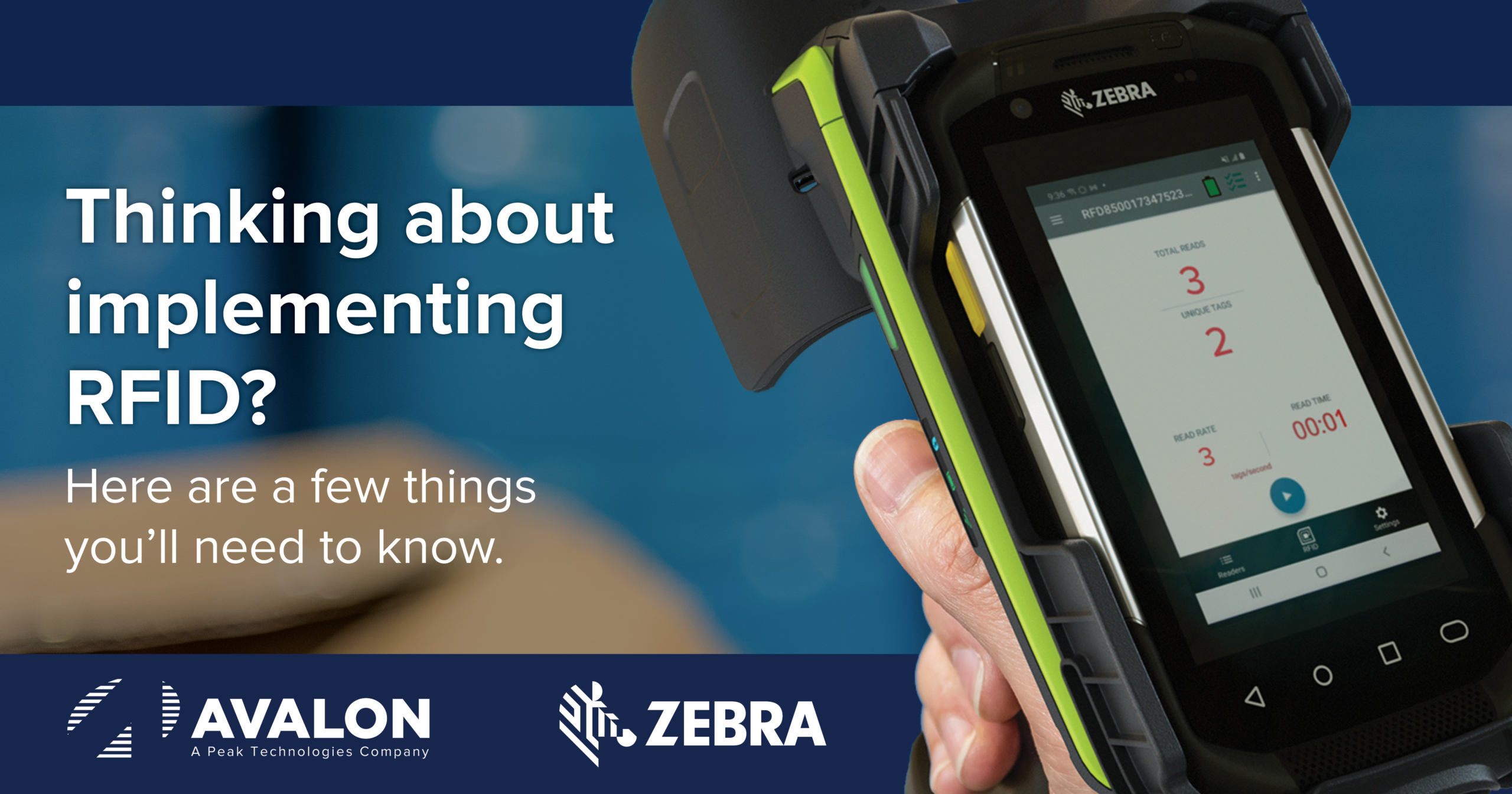As warehouses continue to enhance order fulfillment, budgetary constraints remain a top concern alongside ease of integration. Between device procurement, software installation, and employee training, modernization costs can quickly grow out of control. Before integration, research estimates businesses already spend an average of nearly $3.7 billion in a 100-employee warehouse. Current labor shortages and demands have bolstered those expenses, forcing companies to compromise on cost and effectiveness.
Affordability Meets Adaptability
Establishing dependable product identification can lower the risks of misplacements, shipping errors, and overstocking. While integrating a label compatible with your facility is a great way to start, experts also recommend integrating an enterprise thermal printer built for continuous use. Zebra’s latest business printer, the ZT230, combines the required features of an industrial-grade device with intuitive functionality so you can:
- Secure future scalability – Equipped with optional RFID printing and encoding, the ZT230 also allows you to tailor your connectivity preferences, so your teams can count on fast, crisp barcode printing anywhere in the warehouse. Moreover, its easy media loading further simplifies user training.
- Enable remote troubleshooting – Zebra’s PrintDNA enables a series of productivity enhancers for customizable configurations and backward compatibility to make device management easier for your IT teams.
- Integrate a printing station in a smaller space – Thanks to its small footprint and bi-fold door, the ZT230 doesn’t take up a lot of space, serving a variety of workspaces that previously relied more on smaller desktop models. Plus, its color-coded cues facilitate faster media loading with an easy-to-follow guide.
- Protect data – Lastly, printer upgrades must value data security to prevent leaks and breaches. Zebra’s PrintSecure empowers you to tailor user access tiers and push security patches remotely to stop unauthorized user access.
Taking Affordability Farther with the GO Zebra Trade-In Program
As a Premier Zebra Solutions partner, Avalon simplifies the modernization journey with the GO Zebra Trade-In Program. Work alongside experienced teams to upgrade legacy printers from any manufacturer and get cash rebates per upgraded device. The entire process involves three simple steps:
- Purchase your affordable upgrade
- Submit a claim form within 90 days of the invoice date
- Trade in legacy devices for cash rebates
Before finalizing your choice, consider assessing your labeling solution to ensure your upgraded technology matches your needs. With a careful overview of your workflows and goals, implementation teams can adjust your solution for easier usage and better adaptability, two indispensable benefits that set you ahead of supply chain challenges.





